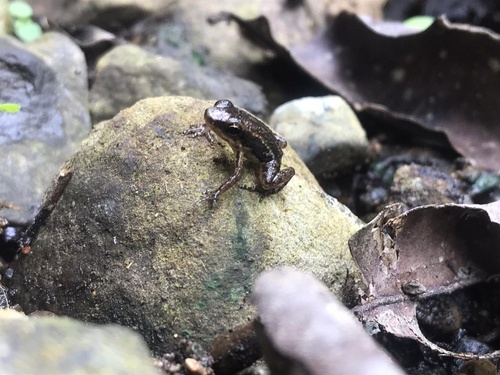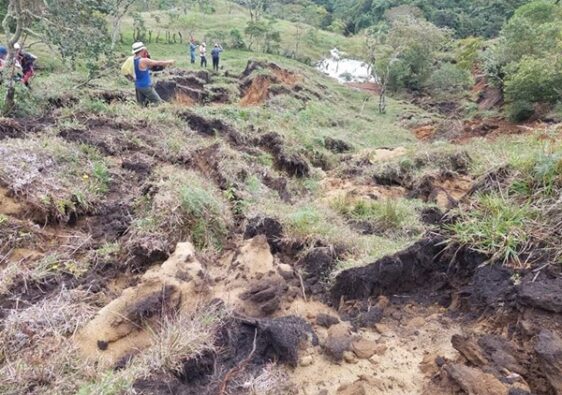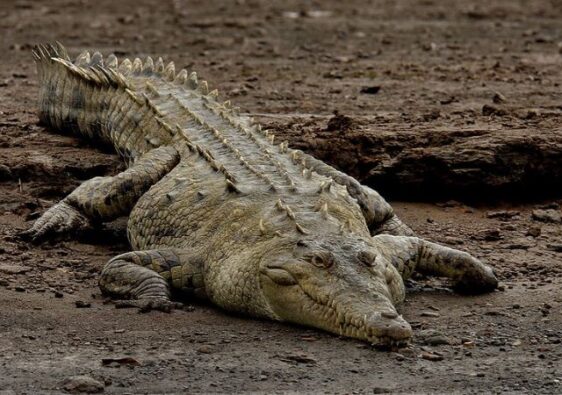This study aims to carry out a diagnosis of the conservation status and propose conservation strategies for the amphibian Bello Rocket Frog (Hyloxalus abditaurantius), a frog that lives in the moorlands that generate water that feed the Pacific Ocean, in western Colombia. Together with the IUCN, the Embera indigenous community and the University of Chocó, it was determined that there are a maximum of 100 mature specimens of the frog and there are no more than 250 specimens of this species. The main threats that eliminate these few organisms are: climate change, habitat destruction and the Quytrid fungus, through which populations have been decimated. A population with 8 specimens was ratreada, which were captured, isolated, vaccinated and conserved in the nursery of our organization, to protect them from death.
Through the analysis of threats, we propose strategies for the sustainable recovery of the rocket frog: delimitation and protection of natural areas in priority habitats; mapping and tracking of ecological corridors; training and sensitization of the Embera indigenous community (cohabiting with the frog) and the creation of environmental organizations, led by local personnel, for the protection of Andean biodiversity.
Communication and promotion of the biodiversity of Andean ecosystems is necessary to stimulate investment in conservation, from the Colombian government to international conservation programs.
Keywords: Amphibian, rocket frog, Colombian Andes, Embera indigenous community, chytrid fungus, extinction.







